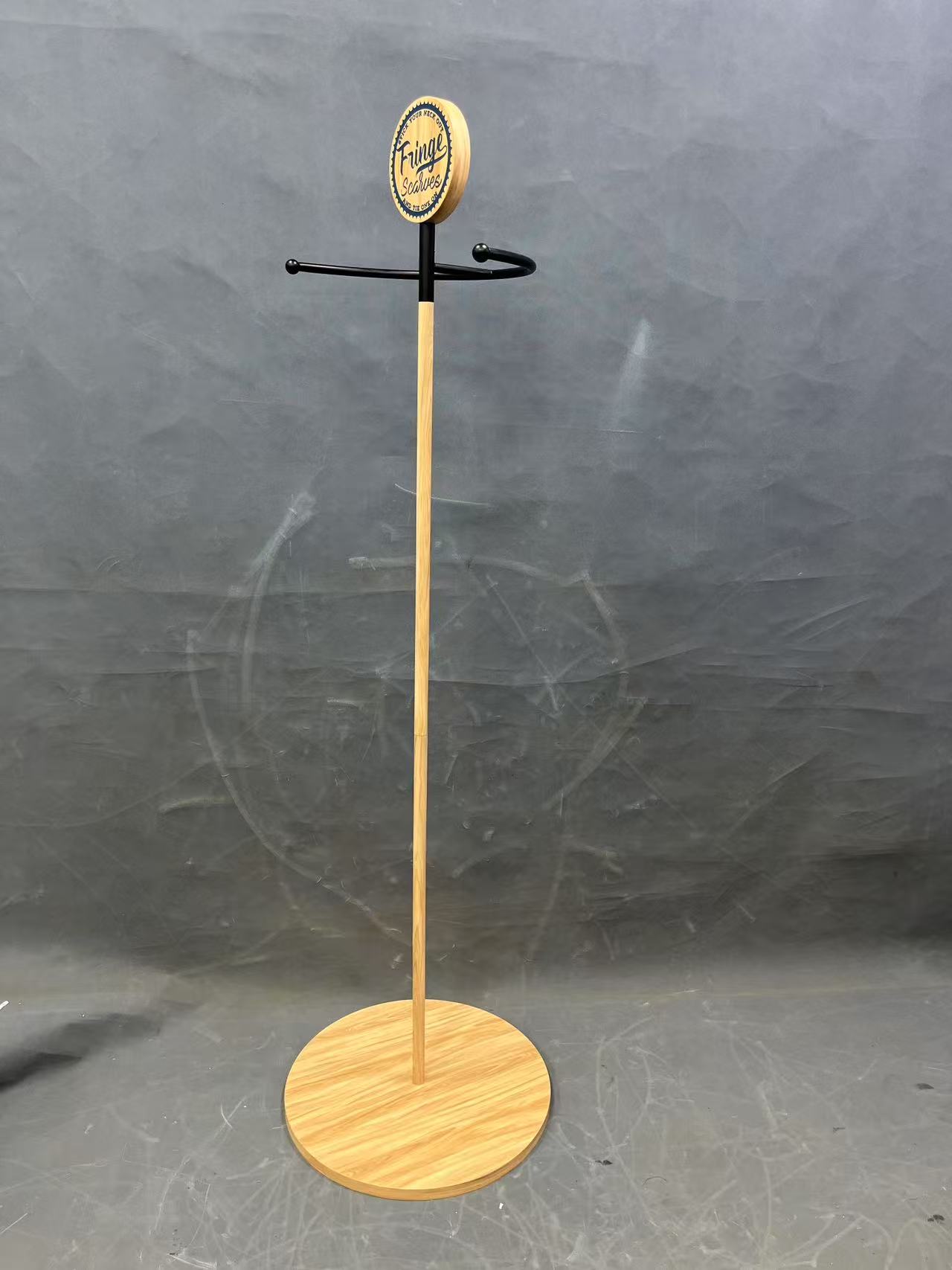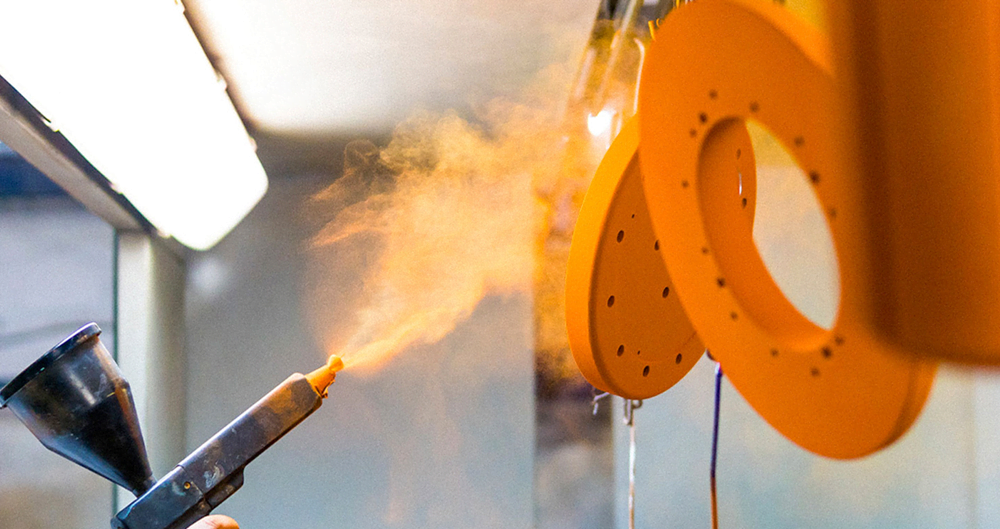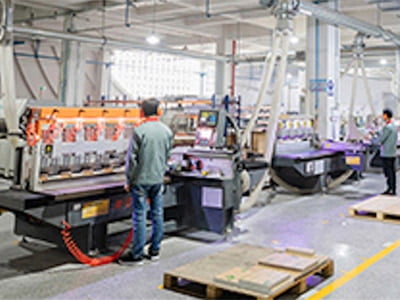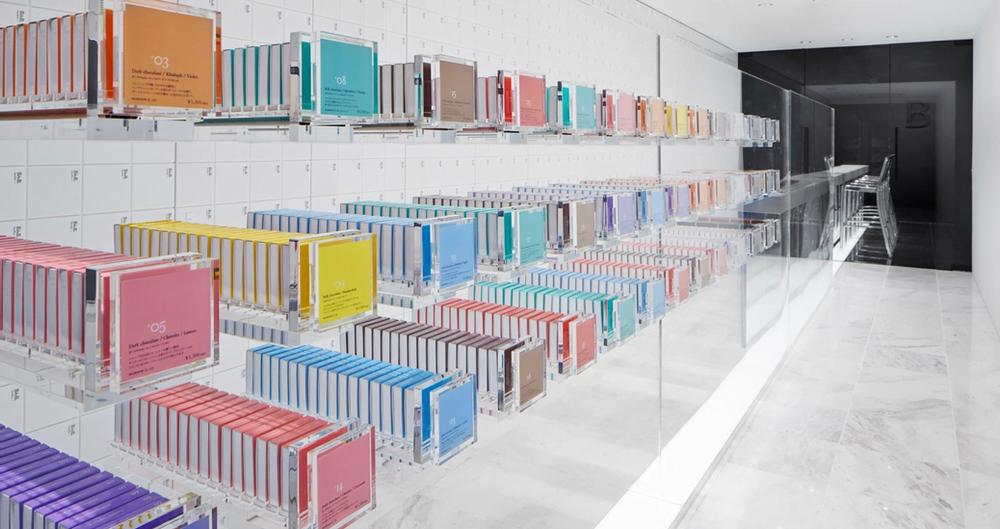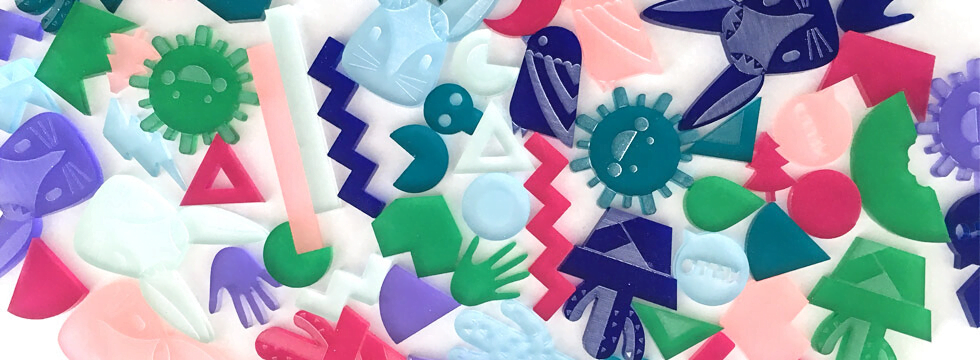Ensuring Consistency and Quality Across the Production Process
By Yan Luo | Samtop Display
Table of Contents
Brand guidelines manufacturing alignment is essential for producing consistent, on-brand retail displays. By combining your brand standards with factory expertise in materials, finishes, and production, you ensure both creative integrity and technical feasibility.
At Samtop, we ensure that your creative vision is fully aligned with production realities—delivering beautiful, brand-consistent displays at scale.
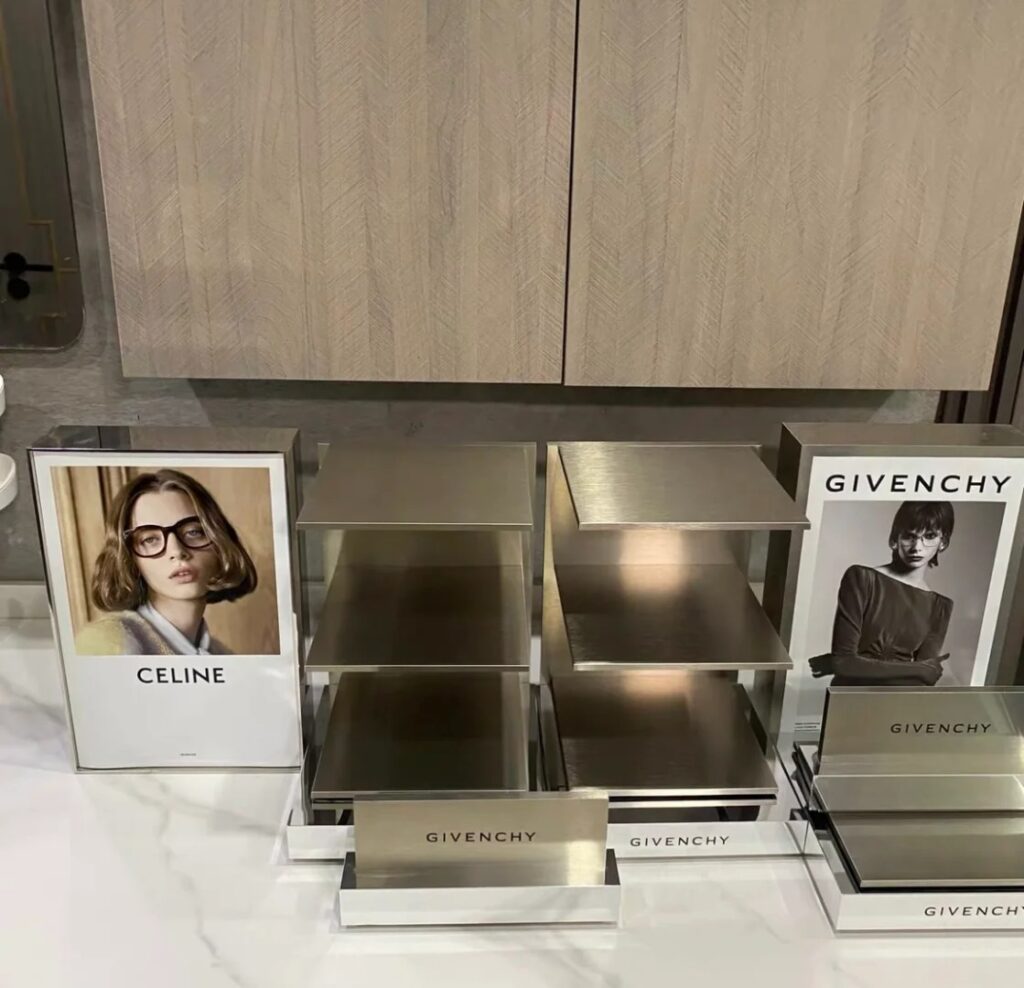
Your design agency creates beautiful visuals—but when they reach production, the colors are off, the material feels wrong, or the logo is slightly misaligned.
Without a clear alignment between your brand team and manufacturer, small inconsistencies can snowball into costly production delays and off-brand final results.
A collaborative approach that bridges your brand guidelines with manufacturing capabilities ensures quality, consistency, and efficiency across every stage of your project.
📊 Structured Summary Table: Alignment Checklist
| Alignment Area | Brand Responsibility | Manufacturer Role | Tip |
|---|---|---|---|
| Brand Guidelines | Define brand colors, fonts, textures, tone | Review and ask clarifying questions | Use visual samples for clarity |
| Material Feasibility | Preferred materials (e.g. acrylic, metal) | Confirm sourcing, handling, and finishing | Request physical samples before production |
| Design Requirements | Provide technical drawings or mockups | Convert to CAD/CAM formats and verify specs | Prototype before full production |
| Volume Expectations | Set order quantity and future plans | Confirm capacity and delivery timelines | Test run before scale-up |
| Sustainability Goals | Define eco-priorities (biodegradable, FSC) | Suggest materials and provide certificates | Ask for past case studies on green projects |
🔍 Step-by-Step: How to Align Brand with Production
1. 📘 Clarify Brand Guidelines for Manufacturing
Create a detailed brand bible covering:
- 🎨 Color codes (Pantone/CMYK/RGB)
- 🖋️ Logo rules: clear space, placement, variations
- 🔤 Typography: primary and secondary fonts
- ✨ Materials, finishes, and overall brand tone
Tip:
Upload your brand guide to a shared folder with the manufacturer—visual clarity saves time!
2. 🏭 Evaluate Manufacturer Capabilities
Request:
- 📦 Portfolio of past work
- 🧪 Samples of material handling (acrylic, wood, fiberglass)
- 🛠️ Equipment list (CNC, laser cut, UV print)
- 📊 Production capacity (daily output, scalability)
Tip:
Choose a partner that matches both your creative vision and logistics expectations—not just one.
3. 🧱 Co-selecting materials is the best way to ensure brand guidelines manufacturing alignment.
Align your brand’s material standards with what’s practical.
Example:
If you prefer eco-plastic, ask:
- Can they source it?
- Do they have experience molding/printing it?
- How does it affect color matching or finish?
Tip:
Have the supplier send 3–5 material swatches for in-house testing and visual validation.
4. 🧪 Validate Design Feasibility
What to do:
- Send working files (AI, DXF, or STL)
- Request digital rendering or CAD mockups
- Approve a prototype/sample before mass production
Tip:
A pre-production prototype will save you weeks of corrections.
5. 🔄 Keep Communication Active
Use tools like:
- 📅 Trello/Asana for timeline tracking
- 🖼️ Shared folders for visual assets
- 🗣️ Weekly update calls for issue resolution
Discuss:
- Quality control checkpoints
- Color/texture tolerance
- Packaging, logistics, and delivery expectations
Tip:
Use collaborative documents to reduce miscommunication and version confusion.
💬 FAQ
Q: What’s the best way to share brand guidelines with a manufacturer?
✅ Create a downloadable PDF brand guide and include swatches, visual references, and specifications. Pair this with regular Zoom calls or screen shares for clarification.
Q: What if the factory can’t handle the material I need?
✅ Work together to find an alternative or upgrade your budget slightly for better sourcing. Or, identify a new factory better suited for your design.
Q: Can brand elements like colors and textures be accurately replicated in manufacturing?
✅ Yes—with detailed guidance, prototypes, and constant communication. Always approve samples before final production.
✅ Conclusion: Align Early, Deliver Brilliance
✔️ Aligning brand standards with factory capabilities avoids costly mistakes, protects your vision, and improves delivery times.
✔️ Through clear documentation, early prototypes, and open feedback, you ensure that every display looks and feels exactly like your brand intended.
✔️ It’s not just about making something look good—it’s about making it right.
Aligning brand guidelines with manufacturing ensures consistency and quality across production.. ISO Standards
📩 Need Help Bridging the Gap Between Brand and Production?
At Samtop, we:
- Turn complex brand standards into manufacturable designs
- Ensure your displays match brand tone, material preferences, and retail needs
- Offer full support from prototype to global shipment
📧 Email: [email protected]
🌍 Website: www.samtop.com
